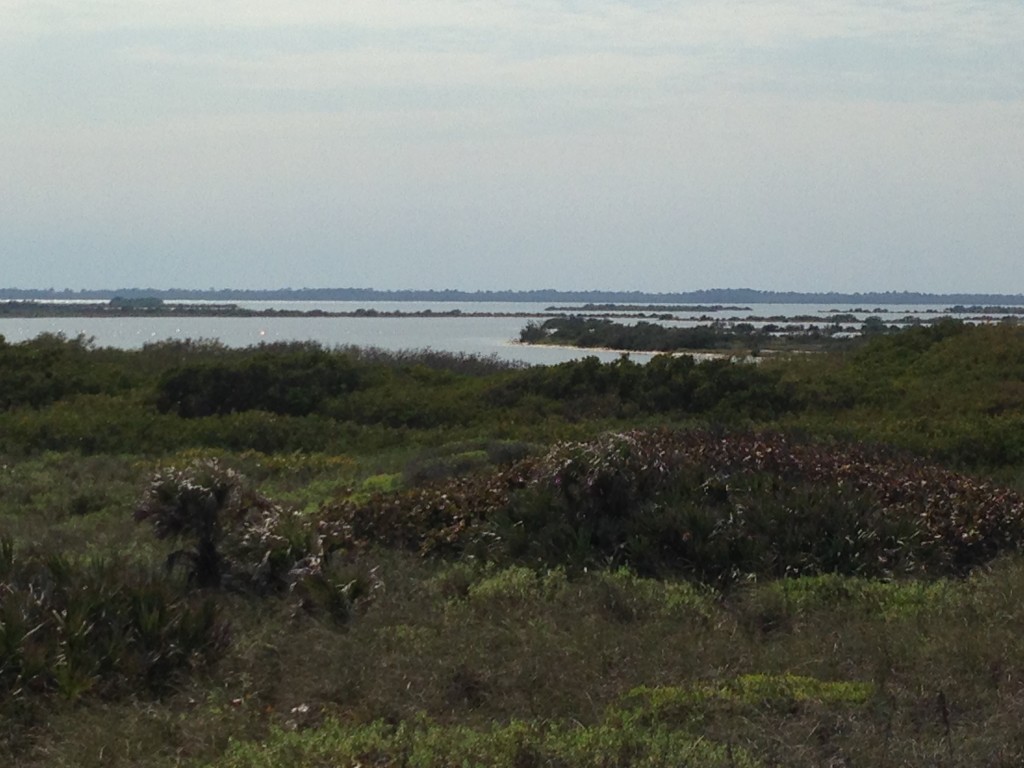You’ve been there and seen it with your own eyes, That Guy, the one who saunters out to the casting pond at the fly fishing show in full on “tactical” gear and starts sending a little piece of yarn down range at distances over 60 – 70 feet. Its impressive, he thinks and if you remain engaged and don’t avert your eyes away from his greatness you’ll see him survey the fringes looking for approval.
That Guy is the last dude I want on the dance floor on the pointy end of my skiff. If I’m going to expend energy poling around the flats in search of fish to target, I want someone who’s capable and fishy, not That Guy.
I’m sure That Guy has the best intentions and wants to catch fish, but the mentality that accompanies the and enables the public display of casting hero isn’t a good fit in the real world. Perhaps I’m being too quick to judge, but based on my experience its nearly always true.

My experience on the water has taught me that the unexpected close range shot is more likely the one that results in feeding a fish than the 60+ foot cast.
The wind and short window of opportunity that exists in the real world makes that longer shot, a long shot.
Angles change quickly in the salt world and with more line out, the less likely an angler is going to be successful in picking up from a bad cast to adjust to a fish’s movement. Angles are very important. Its called angling and on a shallow saltwater flat, its a killer.
When a fly makes an unnatural move towards the would be hunter, the reaction is abrupt and typically unforgiving. Opportunities are lost in the blink of an eye.
The sheltered and static calm of the casting pond is a thing of the past when a fish and the skiff is moving as well as the nearly ever-present breeze.
Don’t be That Guy. Stay frosty and study the angles, make a decision and cast. You’ll have about a second to do it.
The next time you’re at a show, enjoy time with the guys that avoid the pond, you’ll likely be rubbing elbows with the fishiest dudes there.
